#good news :)
Text
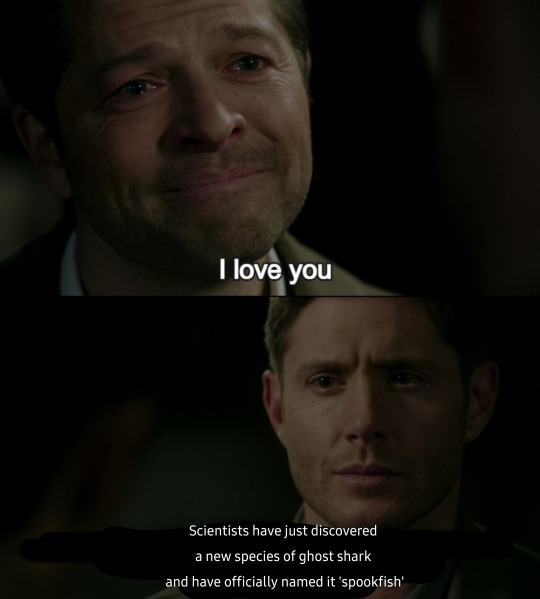
#oh we are so back#spookfish#spooky#october#halloween#mine#edit#my edit#destiel#supernatural#dean winchester#castiel#fish#sharks#ghost shark#world news#news#world#us politics#politics#good news#animals#fishies#fishblr#fish.txt#science#art#artists on tumblr
582 notes
·
View notes
Text
It's always good news when a rare native species rebounds from the brink of extinction. The Kirtland's warbler was once down to about two hundred individuals, but with conservation efforts the population is almost to five thousand. This is still a very small number, but it's a heartening change.
The warbler was removed from the U.S. Endangered Species List in 2019. While this may seem like a good thing, it means these birds have lost some of the legal protection that earned them breathing room to recover. It also highlights the very procedural, quantitative way in which government entities try to define whether a species or habitat is "safe" or not. It's not as though once the warbler was off the list its problem all disappeared. Plus there are many species that face extinction that have never been listed simply because the data hasn't been sufficient--or even existent--to prove the threat.
And it also reflects the reductionist view toward science that is still all too common. While restoration ecologists and other conservationists are well aware of the interconnectivity of an ecosystem and how it is more than the sum of its parts, the idea that a single species is endangered in isolation ignores the complex interplay between species and habitat, and how habitat loss is the single biggest cause of endangerment and extinction across the board.
So while we celebrate rising numbers of Kirtland's warblers, we also need to be focused on protecting and restoring the pine forests of the upper Midwest that they prefer in summer, and their wintering grounds in the Bahamas. Moreover, we need to appreciate the need of all the beings in these habitats to have their homes and feeding grounds protected in total, not just a single species here and there. The warbler is just a starting point, and its continued success relies on the health of the intricate systems of which it is a part.
#birds#warblers#Kirtland's warbler#endangered species#extinction#birdblr#nature#wildlife#animals#ecology#environment#conservation#science#scicomm#birding#habitat restoration#restoration ecology#good news#positive
608 notes
·
View notes
Text
Study: Protecting the ocean helps fight malnutrition
"Protecting more of the ocean could slash the risk of malnutrition for up to 3 million people worldwide, according to a new study co-authored by Conservation International.
It found that fish catches in coral reefs could increase by up to 20 percent by expanding sustainable-use marine protected areas — that is, areas where some fishing is allowed with restrictions.
The benefits of marine protected areas in helping restore fish populations and ecosystems are well documented. However, perceptions persist that these protections come at the expense of local communities.
The new study challenges this view.
“It’s easy to think of protected areas as putting people and nature in conflict by restricting access to much-needed sources of nutrition for locals,” said Conservation International scientist Alex Zvoleff, a study co-author. “But what this study shows is that protecting nature isn't about walling off resources from people; protected areas can actually enhance what nature provides for people."
The study analyzed fish counts in nearly 2,500 coral reefs across 53 countries, focusing on the nutrients found in fish that are critical for human health. Researchers looked at sites with a range of protections — from complete bans on fishing to open access for fishing — and found that sustainable-use marine protected areas have on average 15 percent more fish biomass than non-protected areas.
The study pinpointed countries with the greatest potential to improve malnutrition through sustainable-use marine protected areas, including Bangladesh, India, Indonesia, Kenya, Madagascar, Mozambique and Nicaragua.
More than 800 million people face malnutrition worldwide, according to the World Health Organization. In many coastal communities, fish can be the only source of vital nutrients — particularly for children and pregnant women.
However, pollution, overfishing and climate change are severely degrading the coral reefs that support these fish. And though coastal communities make up a small portion of those struggling with malnutrition, the study shows that fighting food insecurity can go hand in hand with protecting nature, said Daniel Viana, the study’s lead author.
“There is often a push for marine protected areas to completely ban fishing — our goal is to show that it does not need to be all or nothing,” Viana said. “Allowing regulated fishing in marine protected areas can support healthy fish populations, while also having a positive impact on the quality of life of surrounding communities.”
The study’s findings are particularly significant as global efforts are under way to protect at least 30 percent of the planet’s land and marine ecosystems by 2030. Currently, only about 8 percent of the ocean is protected."
-via Conservation International, September 17, 2024
#malnutrition#food insecurity#oceans#marine protected area#30 by 30#tidalpunk#public health#nutrition#good news#hope
169 notes
·
View notes
Text

Good news in the world!!! Read the article here.
The law also will extend adoption and inheritance rights to same-sex couples!
#pride#gay pride#queer community#queer pride#wlw#mlm#lgbtq#lgbtqia+#queer history#gay marriage#gay history#good news
57 notes
·
View notes
Text

Source
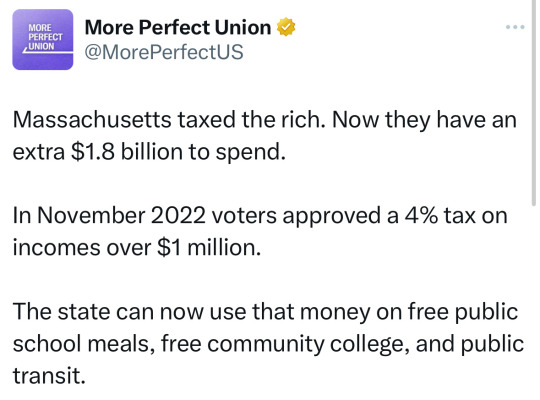
#tax the rich#eat the rich#politics#us politics#government#massachusetts#the left#progressive#current events#news#billionaires should not exist#good news
96K notes
·
View notes
Text
#!!!!!#great white shark#sharks#shark pups#good news#environmentalism#science#environment#nature#animals#conservation#nyc#new york#new york city#usa#ocean life#marine life#sea life
30K notes
·
View notes
Text
21 of 22 anti-LGBTQ+ bills dead in the Florida Legislature!!!
32K notes
·
View notes
Photo
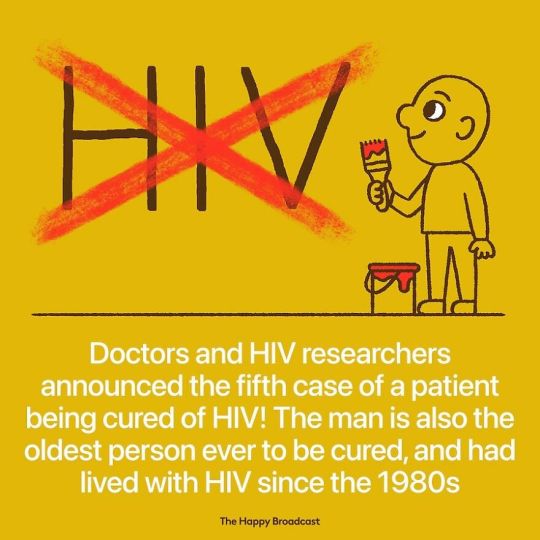




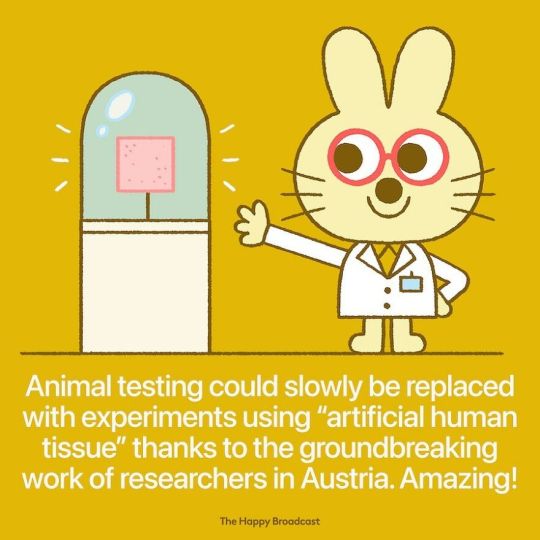
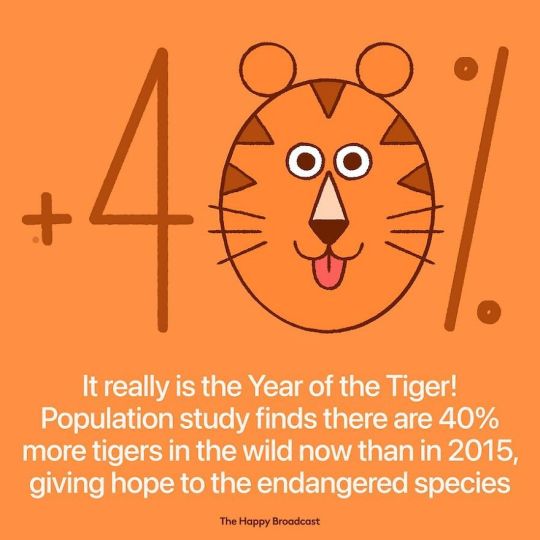


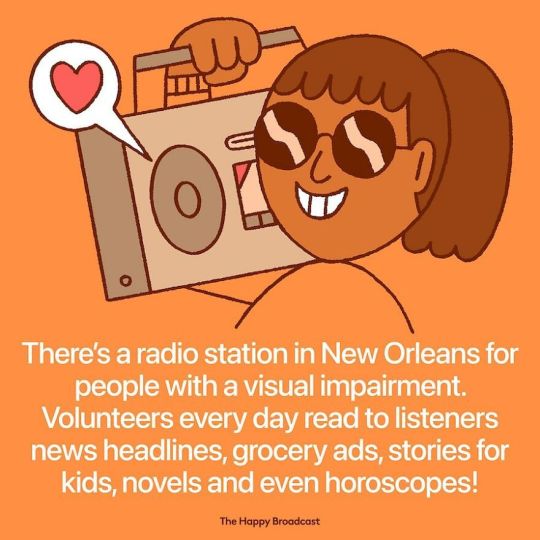
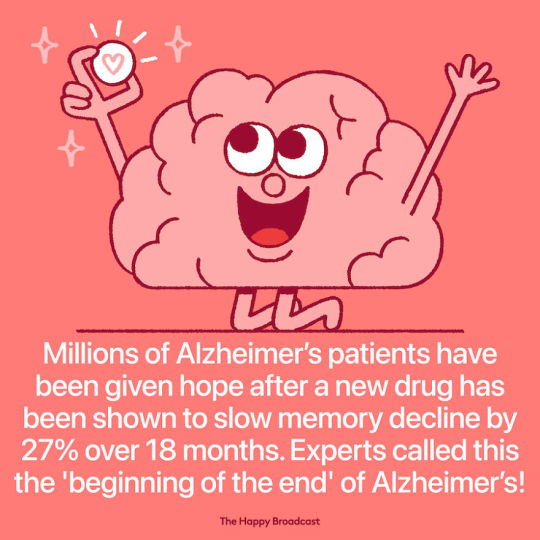
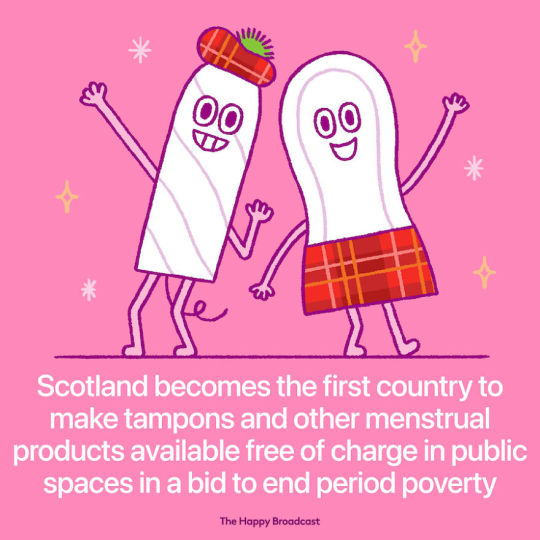




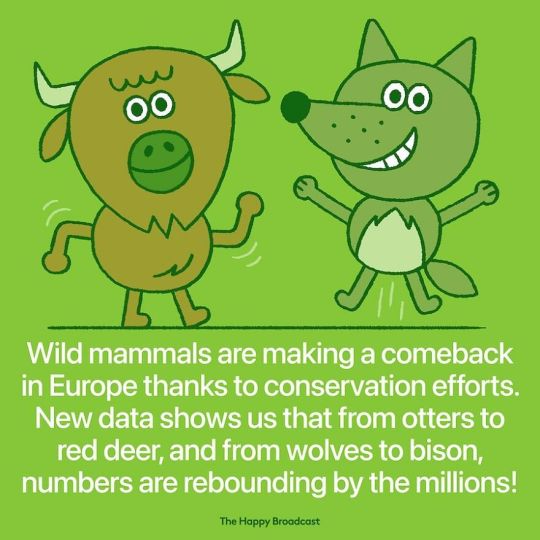


Tons more at the source!
160K notes
·
View notes
Text
As a reminder that good exists out there, a coworker recently confessed to me that he found out his child is questioning their identity (kid's gender redacted for this post). The kid is keeping it from him, so he can't say anything to them or show that he knows, but he's doing his best to get mentally prepared and educated so that he'll be ready whenever his kid does feel comfortable enough come to him.
For context, this guy is a big, bulky middle aged dude who loves sports and typical outdoor "manly" activities. As his coworker and friend, I know he's a kind and sweet teddy bear of a person, but his kid probably views him as a stern, authoritarian figure, the way most teenagers view their parents. His family lives in a conservative area, so I'm sure between that, their dad's looks and interests, and the fact that their dad is a Figure of Authority, the kid is worried that they won't be accepted.
But you know what? When he found out about his kid, the first thing he did was reach out to his closest queer friend and ask for resources for parents of questioning children. His biggest fears are that his kid will be bullied or discriminated against and won't feel comfortable enough to be themself. His second action was to find himself a mentor in another parent who went the same situation (kid coming out in a conservative town). The other person is preparing him for some of the struggles his kid may face and the fights he may need to take on as a parent to make sure his kid is safe and treated well.
Something I want to emphasize for people focused on language as the primary method of allyship is that when we spoke, he used some outdated terms and thoughts about gender and sexuality. That does not make him bad. These were the terms and thinking used about questioning teenagers when he was growing up and he never needed to learn more current ones. But now that he does have that need, he's throwing himself in head first because that's his kid and he's darn well going to make sure that his kid feels welcomed and has a safe place to be themselves even if they never come out to him.
#I'm so proud and happy for my coworker and I've been trying to figure out how to let him know how amazing I think he is#what gets me the most is that he's keeping this super down low to avoid giving any hints to his kid#he has a lot of queer friends so he already is known as an ally but there's always a chance it will be different if it's family#and he took that chance and crumpled it up into a ball and slam dunked it into the garbage for three points#and decided that even if his kid wants to hide it from him for the rest of his life he will still do what he can to make their life better#pflag#parents doing their best#parenting win#good news#allyship
36K notes
·
View notes
Text
Good news for conservation

Youth leader Maya Tilousi shakes hands with Joe Biden on the day he signed a proclamation establishing the Baaj Nwaavjo I’tah Kukveni – Ancestral Footprints of the Grand Canyon National Monument, at the Historic Red Butte Airfied in Tusayan, Arizona.
About 41 million acres, an area slightly larger than Florida, has been placed under new protection across public and private lands during Biden’s term, meaning about 13% of the US landmass is now protected from corporate exploitation.
The White House has a goal to conserve 30% of US land and water by 2030.
9K notes
·
View notes
Text
So this is a really creative solution to a pernicious ecological problem! The short version is that arid ecosystems like deserts are quite fragile. For example, many have soil that is covered in a thin biocrust that can be damaged just by walking or driving on it. And because life needs water to grow and recover, these super-dry ecosystems may not be able to repair a footprint or tire track for over a century.
However, arid ecosystems are often some of the least understood because they can be difficult to access. And they suffer from P.R. issues because deserts are often seen as "bad" ecosystems full of death and nothingness, and because we do legitimately want to avoid the desertification of other native habitats.
In order to raise awareness and appreciation of these landscapes, biological surveys that tally the living beings found there help show how biodiverse they can be. And when we know more about how abundant or scarce a given species there is, it gives us more impetus to protect them, especially those that are at risk of extinction.
These paramotorists were able to fly across Peru's lomas (coastal fog deserts), which primarily receive scant amounts of moisture from mist. They collected plant samples to take back to scientists, carefully recording where they were found. And because they were able to fly long distances, they could minimize the amount of time their feet were on the ground and therefore minimize their impact on the local ecology.
At a time where it seems every interaction between motorized technology and nature is a negative one, this is a pleasant departure. yes, of course we wish we weren't in a place where we have to be worried about increasing extinction and other ecological woes. But let's take the wins where we can; the morale boost is crucial to being able to keep looking toward a better future.
#desert#lomas#ecology#botany#plants#native plants#science#scicomm#nature#endangered species#extinction#environment#conservation#biology#hopepunk#good news#paramotor#paragliding
52 notes
·
View notes
Text
"The first modern attempt at transferring a uterus from one human to another occurred at the turn of the millennium. But surgeons had to remove the organ, which had become necrotic, 99 days later. The first successful transplant was performed in 2011 — but even then, the recipient wasn’t immediately able to get pregnant and deliver a baby. It took three more years for the first person in the world with a transplanted uterus to give birth.
More than 70 such babies have been born globally in the decade since. “It’s a complete new world,” said Giuliano Testa, chief of abdominal transplant at Baylor University Medical Center.
Almost a third of those babies — 22 and counting — have been born in Dallas at Baylor. On Thursday, Testa and his team published a major cohort study in JAMA analyzing the results from the program’s first 20 patients. All women were of reproductive age and had no uterus (most having been born without one), but had at least one functioning ovary. Most of the uteri came from living donors, but two came from deceased donors.
Fourteen women had successful transplants, all of whom were able to have at least one baby.
“That success rate is extraordinary, and I want that to get out there,” said Liza Johannesson, the medical director of uterus transplants at Baylor, who works with Testa and co-authored the study. “We want this to be an option for all women out there that need it.”
Six patients had transplant failures, all within two weeks of the procedure. Part of the problem may have been a learning curve: The study initially included only 10 patients, and five of the six with failed transplants were in that first group. These were “technical” failures, Testa said, involving aspects of the surgery such as how surgeons connected the organ’s blood vessels, what material was used for sutures, and selecting a uterus that would work well in a transplant.
The team saw only one transplant fail in the second group of 10 people, the researchers said. All 20 transplants took place between September 2016 and August 2019.
Only one other cohort study has previously been published on uterus transplants, in 2022. A Swedish team, which included Johannesson before she moved to Baylor, performed seven successful transplants out of nine attempts. Six women, including the first transplant recipient to ever deliver a baby back in 2014, gave birth.
“It’s hard to extract data from that, because they were the first ones that did it,” Johannesson said. “This is the first time we can actually see the safety and efficacy of this procedure properly.”
So far, the signs are good: High success rates for transplants and live births, safe and healthy children so far, and early signs that immunosuppressants — typically given to transplant recipients so their bodies don’t reject the new organ — may not cause long-term harm, the researchers said. (The uterine transplants are removed after recipients no longer need them to deliver children.) And the Baylor team has figured out how to identify the right uterus for transfer: It should be from a donor who has had a baby before, is premenopausal, and, of course, who matches the blood type of the recipient, Testa said...
“They’ve really embraced the idea of practicing improvement as you go along, to understand how to make this safer or more effective. And that’s reflected in the results,” said Jessica Walter, an assistant professor of reproductive endocrinology and infertility at Northwestern University Feinberg School of Medicine, who co-authored an editorial on the research in JAMA...
Walter was a skeptic herself when she first learned about uterine transplants. The procedure seemed invasive and complicated. But she did her fellowship training at Penn Medicine, home to one of just four programs in the U.S. doing uterine transplants.
“The firsts — the first time the patient received a transplant, the first time she got her period after the transplant, the positive pregnancy test,” Walter said. “Immersing myself in the science, the patients, the practitioners, and researchers — it really changed my opinion that this is science, and this is an innovation like anything else.” ...
Many transgender women are hopeful that uterine transplants might someday be available for them, but it’s likely a far-off possibility. Scientists need to rewind and do animal studies on how a uterus might fare in a different “hormonal milieu” before doing any clinical trials of the procedure with trans people, Wagner said.
Among cisgender women, more long-term research is still needed on the donors, recipients, and the children they have, experts said.
“We want other centers to start up,” Johannesson said. “Our main goal is to publish all of our data, as much as we can.”"
-via Stat, August 16, 2024
#infertility#uterus#organ transplant#reproductive health#public health#medical news#childbirth#good news#hope#pregnancy#cw pregnancy
14K notes
·
View notes
Text
A quote from the article:
"Seeing that there were four open board seats but only two progressive candidates running, they organized a write-in campaign...It worked: Shipps was elected by a margin of just 67 votes, defeating a candidate who had tried to get the book Gender Queer banned from local schools."
It is so rare that a write-in campaign works, I am so impressed with the level on which these kids organized! I'm so proud!
7K notes
·
View notes
Text

Source

#good news#politics#us politics#abolish landlords#government#the left#progressive#current events#news#activism#Hawaii#housing rights
82K notes
·
View notes
Text
Pair of Endangered Corpse Flowers Defy Odds to Bloom at Same Time–Now Bearing 700 Seeds https://www.goodnewsnetwork.org/pair-of-endangered-corpse-flowers-defy-odds-to-bloom-at-same-time-now-bearing-700-seeds/
35K notes
·
View notes
Text
Under what legal experts called a “historic” settlement, announced on Thursday, Hawaii officials will release a roadmap “to fully decarbonize the state’s transportation systems, taking all actions necessary to achieve zero emissions no later than 2045 for ground transportation, sea and inter-island air transportation”, Andrea Rodgers, one of the attorneys representing the plaintiffs in the case, said at a press conference with the governor.
#climate change#global warming#good news#hope#hopepunk#ecoanxiety#environmental grief#climate anxiety#climate grief#environment#fossil fuels#decarbonization#indigenous activism#positivity#climate hope#news#politics#activism#conservation
6K notes
·
View notes